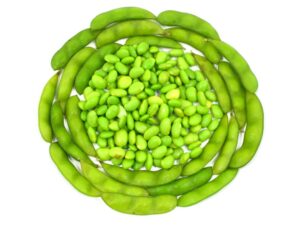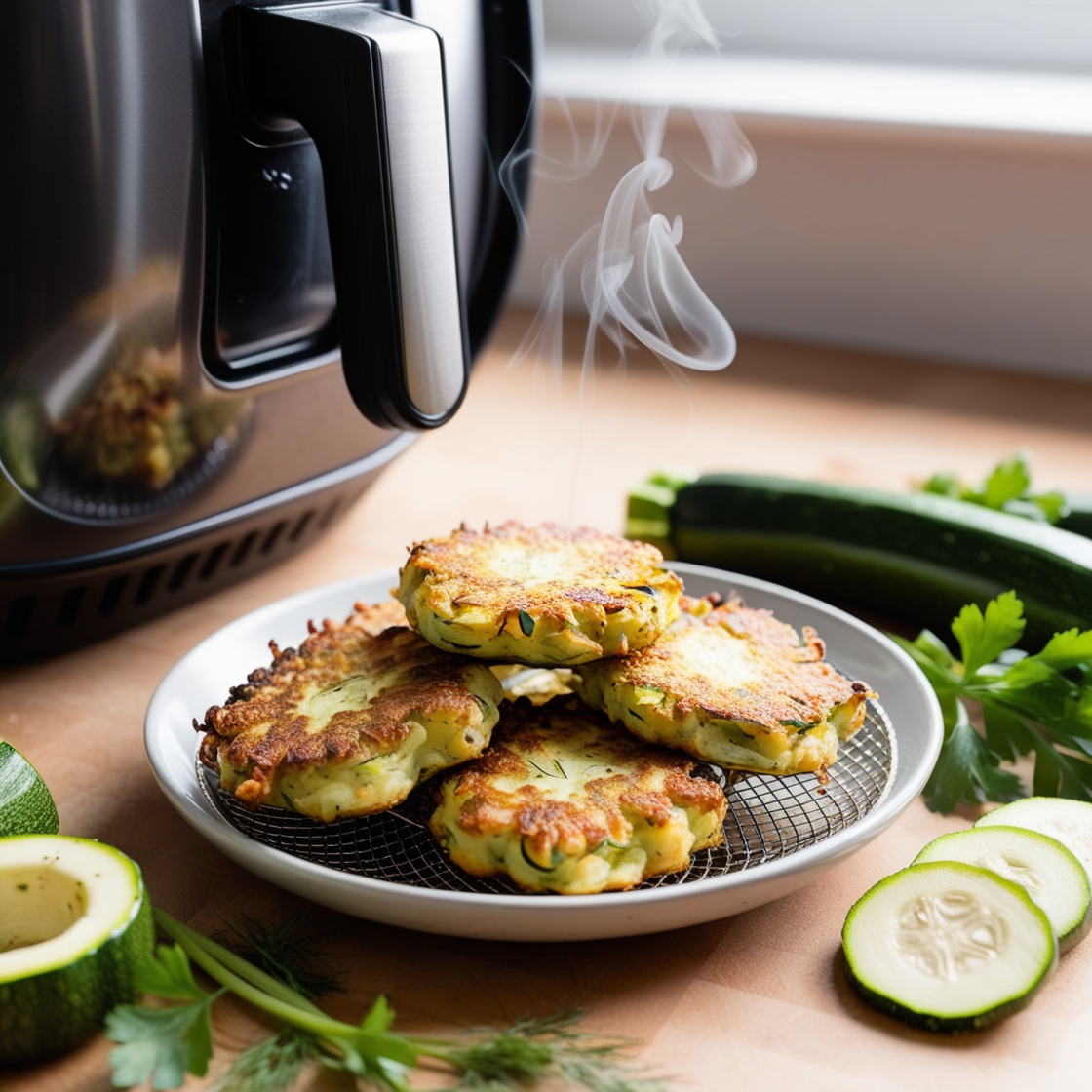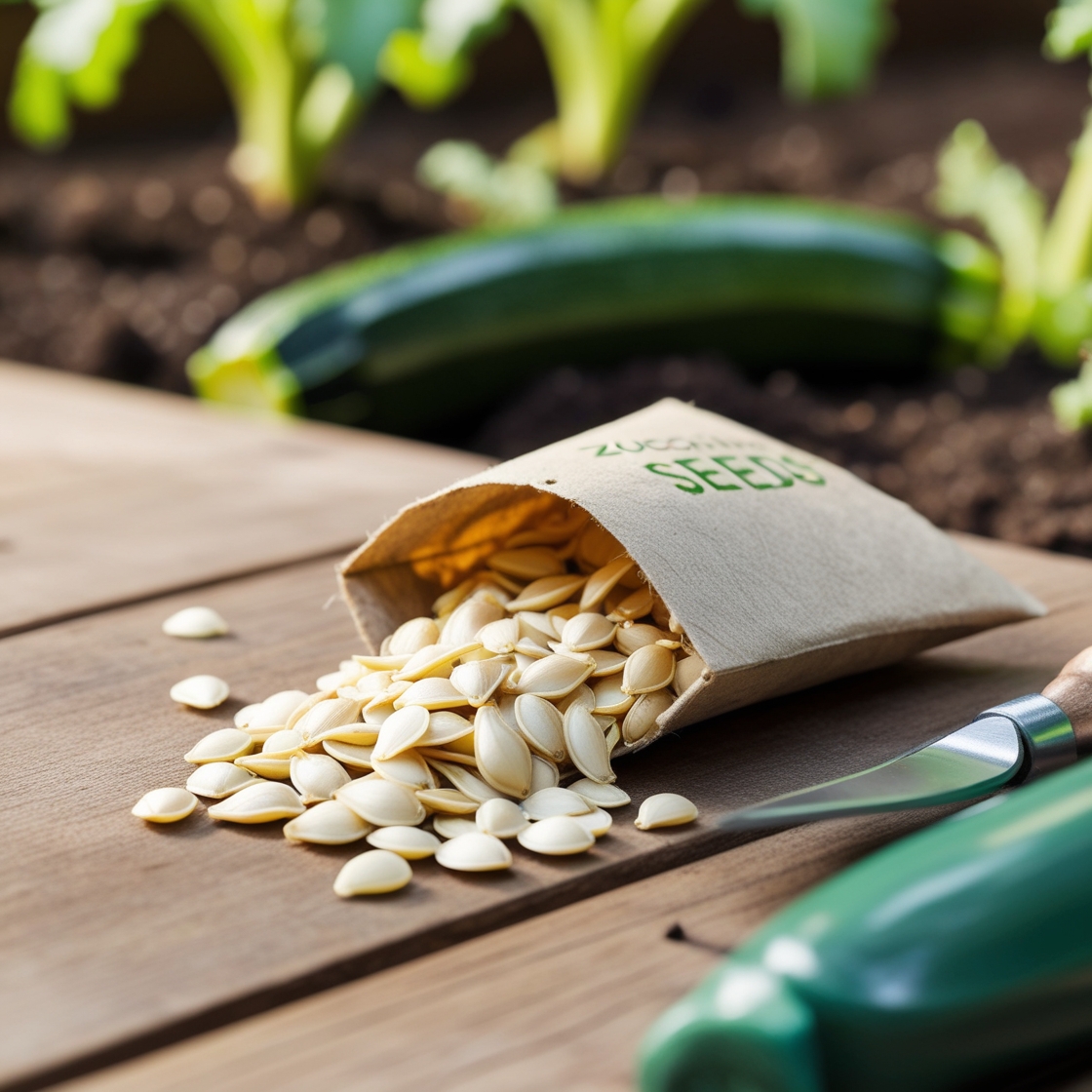Edamame seeds, known as vegetable soybeans, are the young, tender pods of the soybean plant, picked before they fully mature. With a distinctive taste and soft texture, they’ve been essential to East Asian culinary traditions for generations and have now become a global favorite, adding a delightful element to numerous recipes. I am particularly intrigued by their nutritional benefits, as edamame is not only rich in protein but also contains essential amino acids, fiber, and vitamins, making it an exceptional choice for those seeking a healthful snack or ingredient.

Growing edamame at home is a rewarding endeavor, with the plant requiring a growing season of about 10 weeks. Given the right conditions, it can be a bountiful crop for the home gardener, providing fresh edamame straight from the garden. In addition to its agricultural appeal, edamame contributes positively to soil health, as soybeans are known for their ability to fix nitrogen. This characteristic complements sustainable farming practices, which is an important factor in my gardening choices. On the culinary front, I find edamame’s versatility impressive—it can be boiled, steamed, or incorporated into an array of recipes, proving to be both a nutritious and adaptable food source.
Key Takeaways
- Edamame are immature soybeans with a high nutritional value, ideal as a healthy snack or dish ingredient.
- They can be grown successfully in home gardens, contributing to sustainable agriculture through nitrogen fixation.
- Edamame offers culinary diversity, easily included in various recipes and cooking methods.
Nutritional Profile of Edamame

Edamame beans are a complete protein source, vital for muscle repair and building. High in fiber, they promote digestive health, with a cup of shelled edamame providing around 8 grams of dietary fiber. In terms of vitamins, edamame is an excellent source of Vitamin K and also contains folate.
The nutrient content in edamame contributes to various health benefits. They’re low in saturated fats and high in healthy polyunsaturated fats, including omega-3 fatty acids. When considering the antioxidant properties, these green soybeans are packed with compounds that can help protect cells from damage.
Isoflavones, a class of phytoestrogens, are present in edamame, having been identified for their role in reducing the risk of certain diseases. These include genistein and daidzein, which are under investigation for their potential to alleviate menopause symptoms and promote bone health.
Growing Edamame at Home
Growing edamame in a home garden can be rewarding, especially when you’ve selected the right seeds and provided them with the care they need. Let’s make sure those green, tasty pods reach your table!
Selecting Your Seeds
Choosing quality edamame seeds is crucial for a successful harvest. I look for varieties that are well-suited to my local climate and soil conditions. Some seeds are bred for resistance to certain pests and diseases, which can be particularly helpful in a home garden setup.
Planting Guidelines
I plant my edamame seeds in late spring when the soil has warmed, making sure my garden bed receives full sun. This means at least 6 hours of direct sunlight each day, which is essential for growth. I plant the seeds an inch deep in the soil, spacing them about 3 inches apart in rows that are 12 to 18 inches apart. Adding an inch of compost to the soil before planting can provide extra nutrients and improve soil structure.
Care and Maintenance
Throughout the growing season, consistent watering is key, ensuring the soil remains moist but not waterlogged. I mulch around the plants to retain moisture, suppress weeds, and regulate soil temperature. Using fertilizer is not always necessary, especially if I’ve enriched the soil with compost. However, if growth seems slow, a balanced fertilizer can be applied according to the product’s instructions. Harvesting usually occurs when the pods are plump, green, and feel full – typically 10 weeks after planting.
Pest and Disease Management
In managing pests and diseases in edamame crops, I prioritize preventive measures and integrated practices to ensure the health and productivity of the plants. Here are some approaches I take:
Preventive Measures:
- Crop Rotation: I implement crop rotation to disrupt the life cycles of pests and reduce disease spores in the soil.
- Sanitation: I remove and discard any infected plant debris to minimize the spread of diseases.
Pests:
- Aphids: I monitor for aphids regularly and introduce beneficial insects like ladybugs or apply insecticidal soap to control their population.
- Other Pests: For general pest control, I apply appropriate insecticides, ensuring they are suitable for edamame and the specific pests observed.
Diseases:
- Powdery Mildew and Rust: I manage fungal diseases like powdery mildew and rust by providing adequate spacing for air circulation and using fungicides if necessary.
| Disease | Symptoms | Management Strategy |
|---|---|---|
| Powdery Mildew | White, powdery spots on leaves | Fungicides, resistant varieties |
| Rust | Reddish-brown pustules on leaves | Fungicides, avoid overhead watering |
| White Mold | Fluffy growth, rot on stems/pods | Improve air circulation, sanitation |
- White Mold: To counter white mold, I make sure to avoid overly dense planting and manage moisture levels through drip irrigation.
Finally, I stay informed about the latest resistant varieties developed to be tough on pests and disease, incorporating these into my garden when possible. By integrating these strategies, I create a robust defense against potential threats to my edamame crop.
Harvesting and Storing Edamame
When it comes to harvesting my edamame plants, I am always careful to choose the right time. The ideal moment to harvest is when the pods are plump, green, and the beans inside are almost touching each other. I’ve learned that waiting until the leaves start to yellow but the pods are still green is crucial for the best flavor and texture.
Harvesting:
- I check my plants regularly since edamame typically matures all at once.
- I pick the pods by hand, ensuring I don’t pull up the plant roots.
- For high yield, I harvest while pods are still on the plant to encourage further pod development.
Storing:
Maintaining the freshness of my edamame is important, so I follow these steps for storage:
- Immediately after harvest: I blanch the pods in boiling water for about three minutes.
- Cooling: I plunge them into ice water to stop the cooking process.
- Drying: I briefly dry the pods to remove excess moisture.
- Freezing: For long-term storage, I place them in freezer bags and freeze.
To note, if I need to store fresh edamame without freezing, I keep the pods dry and place them in the refrigerator, where they last for about a week. It’s this careful balance of picking and storage techniques that ensure my edamame retains its quality from garden to table.
Different Varieties of Edamame

In my exploration of edamame varieties, I’ve discovered that each type offers distinct flavors, growth habits, and benefits. Here, I will specifically focus on three varieties: ‘Midori Giant’, ‘Black Jet’, and ‘Tohya’.
Midori Giant
‘Midori Giant’ is a variety revered by home gardeners for its large pods and sweet flavor. As an heirloom variety, ‘Midori Giant’ has been passed down through generations and is known for its reliability and robust growth.
Black Jet
The ‘Black Jet’ variety is less commonly known but is a jewel among edamame for its unique appearance and rich taste. The beans themselves are not black, but this name hints at the darker hue they may possess. As an heirloom variety, ‘Black Jet’ carries a history within its seeds, preserving both taste and tradition.
Tohya
Lastly, ‘Tohya’ is celebrated for its buttery texture and early maturing qualities. It’s perfect for those who are impatient to sample the fruits of their labor. Hearty and flavorful, ‘Tohya’ has the ability to thrive in a variety of climates, making it a smart choice for many gardens.
Incorporating Edamame into Your Diet

Edamame, with its nutty flavor and versatility, can be an excellent addition to my meals. It’s not only a source of complete protein, but also a way to add a pop of color and texture to a variety of dishes.
Recipes and Cooking Tips
When cooking edamame, I opt for fresh or frozen pods. I boil them in salted water for about 5-6 minutes before draining. To enhance the flavor, a sprinkle of sea salt or a light toss with sesame oil does wonders. If I’m incorporating them into a recipe, I shell the beans and add them to stir-fries or salads. Here’s how I blend edamame into some of my favorite dishes:
- Stir-fried with tofu and vegetables for a protein-packed meal
- Mixed into rice bowls with a drizzle of soy sauce for added flavor
- Blended into soups or miso broth for a twist on traditional recipes
- Pureed to create a base for a dairy-free soy milk alternative
Edamame as Snacks and Appetizers
As an appetizer, edamame works brilliantly. I like to serve them simply boiled and salted, allowing their natural taste to shine. Here are a few of my go-to ideas:
- Chilled Edamame: Tossed with sea salt and served cold for a refreshing bite
- Edamame Hummus: Pureed with garlic and lemon for a green twist on the classic spread
- Spiced Edamame: Lightly coated with chili powder and lime zest for a zesty kick
These snacks offer a balance of flavor and nutrition, making them a guilt-free choice when I need something to tide me over between meals.
The Nutritional Comparison to Other Legumes

When I examine edamame in relation to other legumes, it stands out in several nutritional aspects. A popular choice for those looking to increase their protein intake, edamame provides a considerable amount of this essential macronutrient. In fact, edamame boasts about 18.5 grams of protein per cup when cooked, which is markedly higher than many other legumes.
Here is a simple comparison:
| Legume | Protein (per cooked cup) |
|---|---|
| Edamame | 18.5g |
| Kidney Beans | 15g |
| Lentils | 18g |
| Peas | 8g |
Source: Verywell Fit, Nutrition Advance, Livestrong
Edamame is also lower in carbohydrates than many legumes such as lentils and kidney beans. One cup of shelled edamame contains nearly 14 grams of carbs, whereas lentils pack around 40 grams and kidney beans come in at about 45 grams per cup.
Aside from macronutrients, my attention turns to their role in soil health. Legumes, including edamame, have a symbiotic relationship with nitrogen-fixing bacteria. This enables them to convert atmospheric nitrogen into a form usable by plants, enhancing soil fertility. Incorporating edamame into crop rotations can be beneficial for maintaining soil health, due to this nitrogen-fixing capability.
Lastly, edamame is not only rich in protein but also provides essential vitamins and minerals. Its nutritional profile complements that of other legumes, making it a valuable addition to a diverse and balanced diet.
Edamame and Soil Health

I’ve discovered that edamame, like other legumes, plays a pivotal role in maintaining and improving soil health. As I cultivate edamame in my garden, I notice its ability to fix nitrogen into the soil, which is essential for plant growth. The process of nitrogen fixation, where atmospheric nitrogen is converted into a form usable by plants, is facilitated by bacteria that form symbiotic relationships with the roots of legumes.
In my practice of crop rotation, I find that including edamame helps to reduce the need for synthetic fertilizers. After harvesting other crops, planting edamame can replenish the soil’s nitrogen content, making it more fertile for the next crop.
- Soil Health Benefits:
- Improves soil structure
- Increases nutrient availability
- Promotes beneficial microorganisms
I consider the pH level of my soil crucial when planting edamame. For optimal growth, they require slightly acidic to neutral soil, with a pH range of 6.0 to 7.0. Regularly testing soil pH ensures that I maintain the right conditions for edamame to thrive and benefit the soil.
Tips for Maintaining Soil Health with Edamame:
- Test soil pH before planting.
- Rotate crops, using edamame as a nitrogen fixer.
- Avoid overusing chemical fertilizers; let edamame enrich the soil naturally.
Adopting these practices allows me to use edamame as both a nutritious food source and a natural enhancer of soil health.
Environmental Impact and Sustainability

When I assess edamame (green soybeans) in the context of environmental impact, it’s clear that they are often touted as a sustainable choice. My investigations confirm that edamame is indeed a low-maintenance crop, requiring fewer inputs like fertilizers and pesticides compared to some other crops. Fast-growing by nature, edamame can efficiently fix nitrogen in the soil, enhancing fertility without heavy reliance on chemical fertilizers.
The ecological benefits of growing edamame include its ability to fit into crop rotations seamlessly, which can reduce the prevalence of pests and diseases. This characteristic also makes it valuable for preserving soil health, a critical component of sustainable agriculture.
However, it’s crucial I remain aware of broader implications. While edamame itself has a limited negative environmental impact, the wider context of soy production can’t be ignored. The majority of soy grown globally is not edamame but is genetically engineered, which raises concerns about biodiversity and the use of herbicides. The details of these practices are illuminated in this examination of Real Food Encyclopedia – Edamame – FoodPrint.
In analyzing the supply chains, I find that the sustainability of edamame can be affected by transport and processing methods. This underscores the importance of innovation in these areas to minimize carbon footprints. Addressing consumer expectations around these beans means continuing to improve the sustainability of their production in the face of global change, as noted in the Editorial on the biology, production, and nutrition of edamame.
By incorporating edamame in a balanced agricultural and ecological system, I am contributing to a food system that supports environmental health and offers nutritious food options.
Frequently Asked Questions
Navigating the ins and outs of growing and consuming edamame can lead to a plethora of questions. I’ve compiled the most common inquiries and provided succinct answers to guide you with confidence.
What are the health benefits of consuming edamame?
Edamame is a nutritious snack that’s high in protein, fiber, and vitamins. Including edamame in my diet supports muscle health and digestive function due to its balanced nutritional profile.
How do I find and purchase edamame seeds for planting?
To purchase edamame seeds, I look for trusted garden centers, nurseries, or online retailers that specialize in gardening supplies. It’s important to ensure that the seeds are specifically labeled for planting to guarantee their quality and viability.
When is the best time to plant edamame seeds?
The ideal time to plant edamame seeds is after the last frost in spring when the soil has warmed up considerably. I strive for a soil temperature of around 55-60°F, which is optimal for seeds to germinate.
Are there specific advantages to using organic edamame seeds for planting?
Yes, using organic edamame seeds ensures I’m starting my garden without synthetic pesticides or fertilizers. This aligns with sustainable practices and, for some, is a key part of growing food responsibly.
How does edamame compare nutritionally to other beans or peas?
Nutritionally, edamame stands out for its higher protein content compared to many other beans or peas. It’s also noted for its rich vitamin and mineral content, which makes it a favorable choice for my health-conscious diet.
Can you grow edamame plants from store-bought seeds?
Yes, you can if the seeds are raw and unprocessed. However, I recommend using seeds from a garden store or seed company. These seeds are properly stored and intended for cultivation, resulting in a more reliable harvest.

*We may earn a commission for purchases made using our links. Please see our disclosure to learn more.



